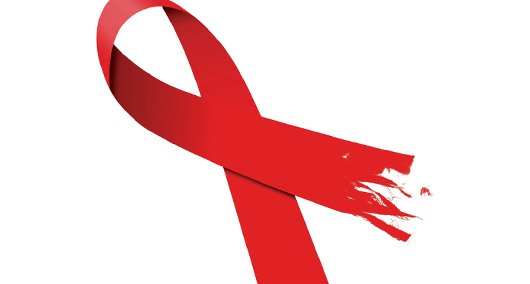
Not surprisingly,
funding for HIV programmes is a repeating topic at AIDS
2012. With many key players
in the field declaring that AIDS can be ended, the question is “Who will pay
for this?” A session at the conference looked
specifically at this.
Experts from
medical organisations, academia, UNAIDS and government stressed the need for
increased funding, but also recognised the importance of making sure any
response to ending the AIDS epidemic can be sustained in the long term, without
interruption.
International
funding continues to be important, but speakers also highlighted the increasing
role national budgets should be – and in some cases already are – playing.
One possible
solution was presented at the session. A researcher from Liverpool University
believes that a small increase in the taxes on alcohol and tobacco in the countries worst hit by HIV and
tuberculosis (TB) would raise enough money to pay the treatment costs related
to these illnesses.
As an example,
Andrew Hill told the Washington conference that his idea of a ‘global health
charge’ – a modest increase in the tax levied on alcohol and tobacco – if
implemented in Nigeria, Uganda, Botswana, Thailand, Vietnam, India, Brazil,
Russia, Ukraine and China – could potentially raise US$2.57 billion each year.
That would be enough to provide universal HIV treatment in all these countries,
with money left over for HIV prevention, TB, malaria, and other diseases.
"People are not
just dying of HIV, but they are dying of tobacco in very high numbers, and
they're dying of alcohol. A decrease in the consumption of alcohol and tobacco
would have associated public health benefits," he said.
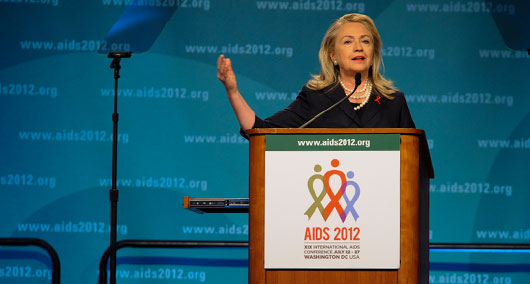

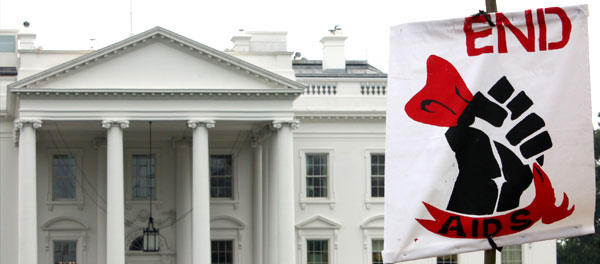




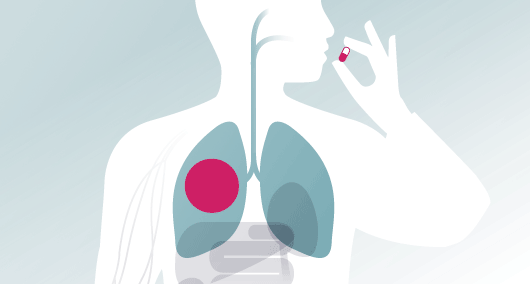
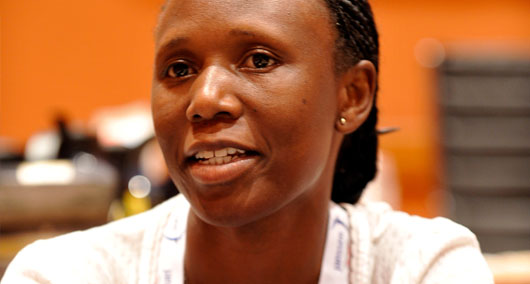
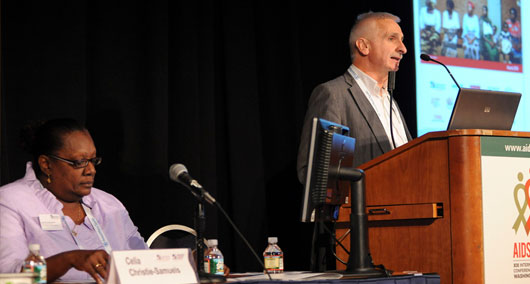
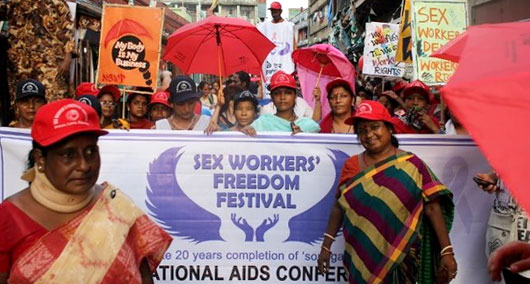
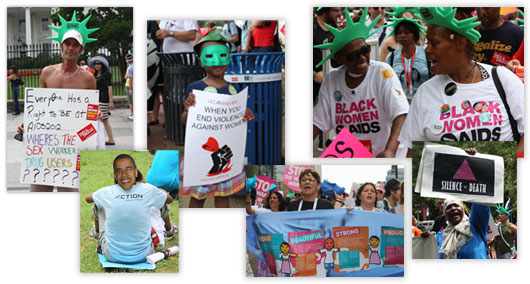
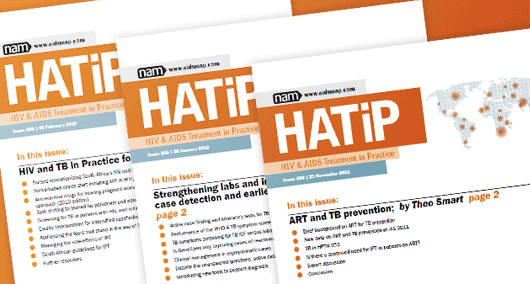
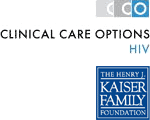



Connect with NAM on Facebook: Keep up to date with all the exciting projects, latest achievements and new developments that are going on in the world of NAM.
Follow NAM on twitter for links to hot off the press news stories from our editors covering key developments and conferences as they happen. Our news feed is linked to www.twitter.com/aidsmap_news and we also tweet from www.twitter.com/aidsmap.
Follow all the conference news by subscribing to our RSS feeds.